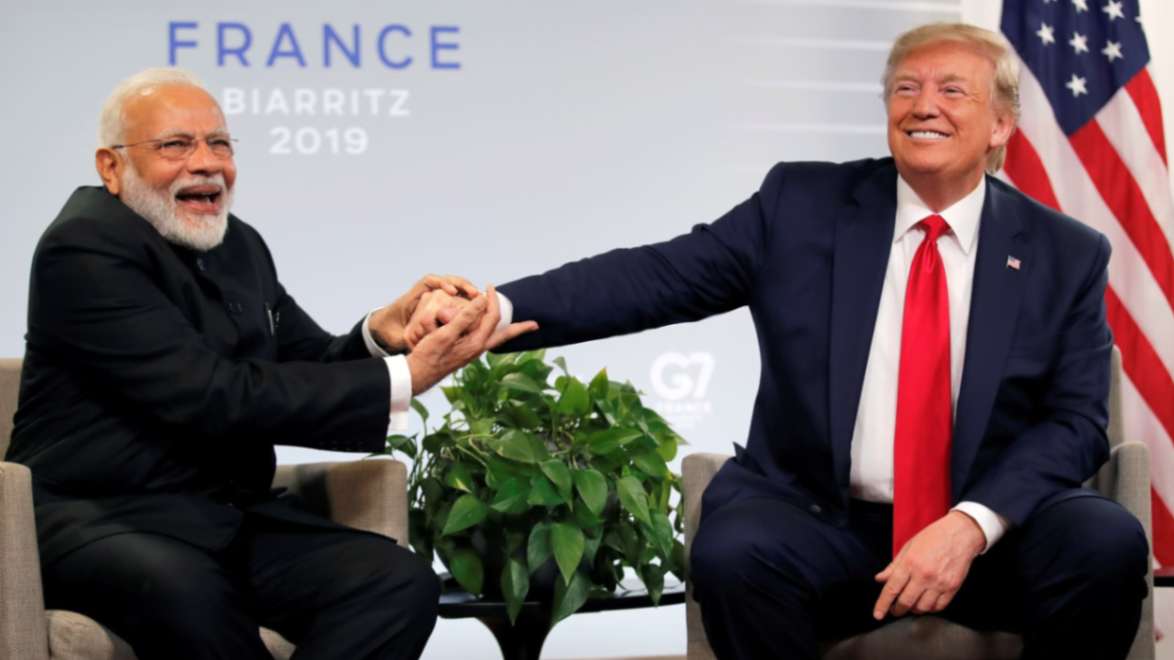The US has implemented a 26 percent reciprocal tariff on India which will take effect from April 5. India is part of President Donald Trump’s wider plan to impose a 10 percent baseline tariff on all imports. He said India is charging the United States 52 percent, whereas Washington has charged almost nothing for years and decades.
The duty of 26 percent was based on tariff and non-tariff barriers, including currency manipulation. The White House, in a statement, said New Delhi imposed ‘uniquely burdensome’ non-tariff barriers, the removal of which will increase U.S. exports by at least $5.3 billion annually.
These tariffs will remain in effect until the Trump administration determines that the ‘threat imposed by the trade deficit and underlying non-reciprocal treatment is satisfied, resolved, or mitigated.
The United States has a trade deficit of $46 billion with India. The Trump administration’s tariffs come after New Delhi said that it was open to cutting tax on American imports worth $23 billion. The Indian government has already lowered tariffs on high-end bikes, and bourbon and dropped a tax on digital services.
U.S. Tariffs Not Setback For India
Meanwhile, a commerce ministry official told PTI that the 26 percent retaliatory tariff was ‘discounted’, and was a mixed bag, not a setback. He said the universal 10 percent tariff will come into effect on all imports into the U.S. from April 5. The remaining 16 percent from April 10.
The official said the commerce ministry was analyzing the impact on India’s trade and noted that the Trump administration has expressed willingness to slash tariff rates if its concerns on trade are addressed.
